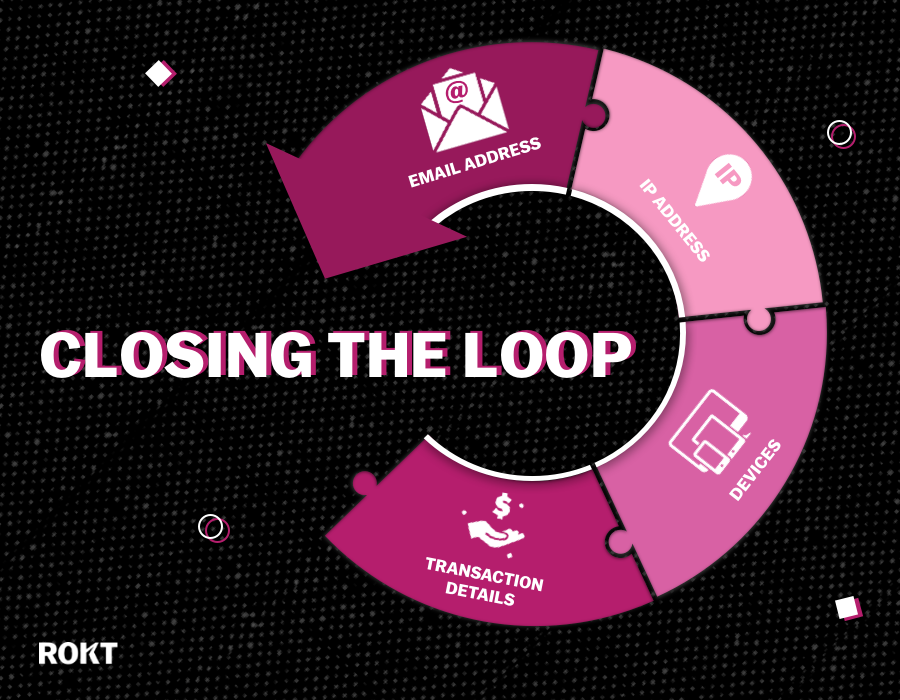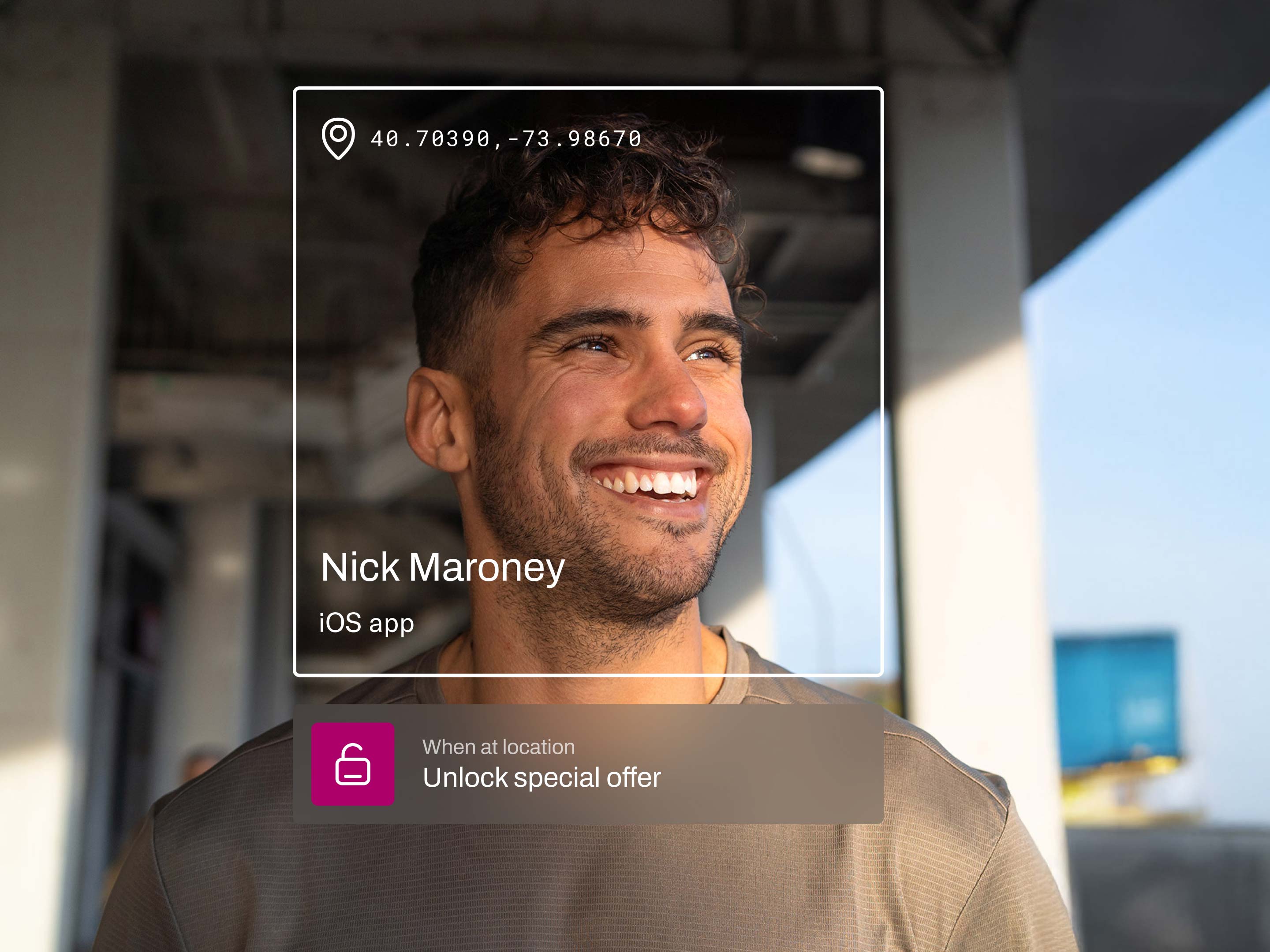Closed-loop attribution is the ability to connect top of funnel marketing activities to outcomes that drive business value (e.g., purchases, subscriptions or application downloads). Establishing this connection, which we call ‘closing the loop’, is paramount to measuring and optimizing the success for any marketing campaign.
Historically, the success and failures of digital marketing campaigns have been measured using top of the funnel metrics. Metrics such as clicks, engagement rates or traffic. Whilst top of the funnel metrics offer valuable insights they do not provide a complete, or quantified, picture of the business value generated. To enable generation of greater business value, brands are increasingly focused on closed loop attribution.
Identifying and tracking outcomes that occur on your site is critical to a successful campaign. This tracking provides insight into how campaigns are performing, allowing you to make informed decisions on how to improve them. With a clear understanding of who is and is not converting, Rokt can also utilize our full suite of machine learning algorithms and Smart Bidding to improve optimization and achieve the best results in a campaign. Furthermore, tracking outcomes can also aid in detecting anomalies. For example, if there’s a browser incompatibility issue on a site, it would be detected by these tracking mechanisms and enable quick resolution. But this is all only possible through accurate tracking mechanisms on sites – which require data.
What data elements are useful?
The data elements that are tracked as part of your integration mechanism are essential to realizing the benefits associated with closing the loop. The primary use cases for these data elements are Attribution, Optimization, and Anomaly Detection.
Attribution data acts as the identifying reference between the campaign event – like an impression, and a successful event – like a purchase or download. This allows insight into how campaigns are performing. Email addresses, raw or hashed, are one of the most crucial pieces of data to track. Email provides a high degree of confidence when a match occurs. However, this does not capture conversions where a customer uses a different email address – like a work or personal account. For this reason, we can’t rely on one singular data attribute – the more that are collected the more likely to correctly attribute a conversion and fully understand a campaign’s performance. The Rokt Tracking ID is used to match a Rokt engagement with a subsequent conversion. This is highly valuable in circumstances where email address is not available.
Customer IP addresses are used to indicate a device-based match. This is highly valuable in circumstances where different email addresses are used between engagement and conversion. Telephone numbers and Browser types are identified to further increase confidence with a device-based match. For example, if we identify that the same device was used to make a conversion and an engagement, a telephone number can be used to determine whether this was the same person or different individuals using a shared device. The same principle applies to Name and Zipcode to help determine the individual converting.
This insight then allows for Optimization. With a clear persona of customers, and insight as to which are converting and which are not, our machine learning is able to determine which customers are most likely to convert. To optimize campaign outcomes, Transaction Amount and Currency are useful. The amount purchased and currency may be used by Rokt’s automating bidding tools to achieve a return on advertising spend (ROAS) goal. Payment card identifiers are often used as inputs to optimization products as a way to identify customers with a higher propensity to transact with your Brand.
Finally, there are many data pieces that permit early Anomaly Detection and enable quick resolutions for a range of issues. Purchase channel and Device Type are particularly helpful to identify and troubleshoot anomalies in tracking accuracy. For example, if conversion rates reduce for a particular device type then this may indicate that a tracking method is being blocked. Transaction ID is also useful for these health checks. For example, if a manual extract of conversions is provided, then a comparison can be made with the automated tracking method to identify missing events.
Which mechanism is best?
After understanding which data attributes are useful, it’s time to identify the best method of obtaining this information. Tracking pixels and javascript tags have traditionally been deployed to conduct these types of measurement. However, many browsers are investing in mechanisms to restrict the use of tracking technologies and this is reducing the accuracy and effectiveness of these methods. Therefore, providing alternative options to ‘close the loop’ that do not rely on the browser have been developed to ensure you still have high accuracy options to give the most complete picture.
With so many different options available, it can be challenging to know which option to implement. To ensure the benefits of tracking can be achieved, it is crucial that the mechanism records events as close to real time as possible, in order to support automated optimization and bidding tools. It also must be able to track relevant events that are important to you, and track accurately across all channels, devices and browsers. In an ideal world, a single mechanism would be able to achieve all of the above. In reality, though, there are trade-offs to be made based on technical feasibility. As a result, it is often advantageous to implement more than one integration mechanism to drive greater reliability. Rokt has invested in a suite of solutions that work for each of our diverse partners and their individual needs. We’ve outlined all available mechanisms and the advantages and drawbacks of each below:
Our recommended approach at Rokt is for clients to implement the Rokt Event API together with the Rokt Tag for the greatest visibility. These mechanisms ensure accurate, real-time tracking that can capture activity on your site and help determine a campaigns success. They also allow for automated bidding and optimization which can be crucial to a campaigns performance. To learn more about which tracking mechanism to employ, please contact your Rokt account manager or solutions@rokt.com.




.jpg)



.jpg)
